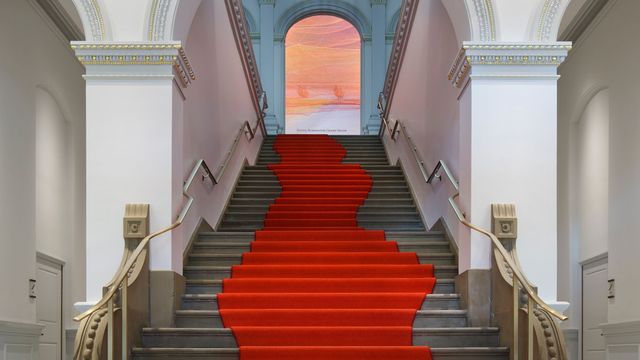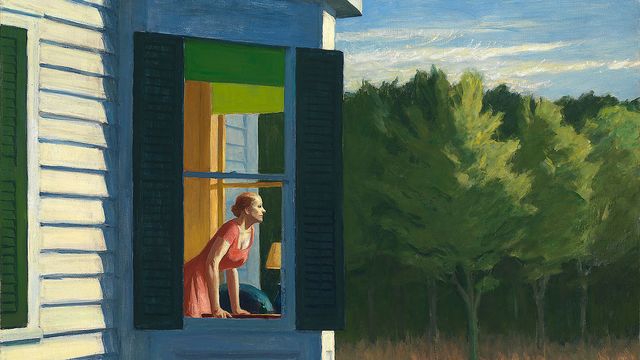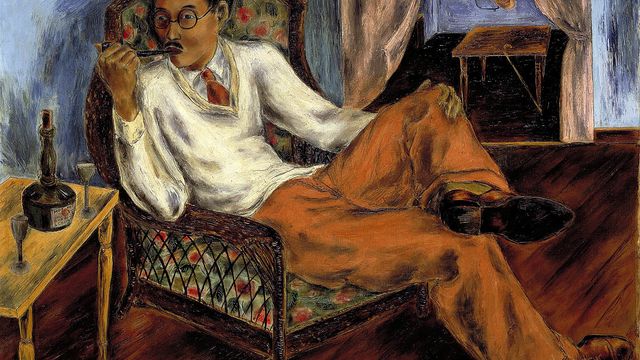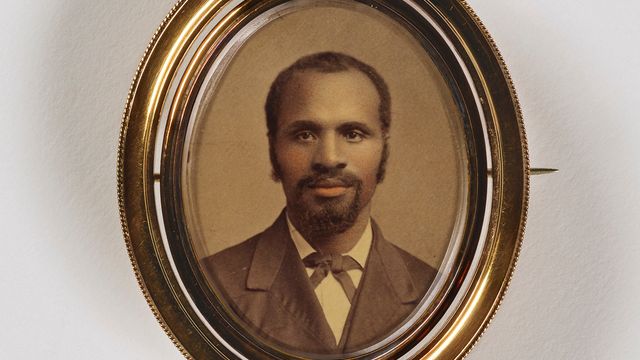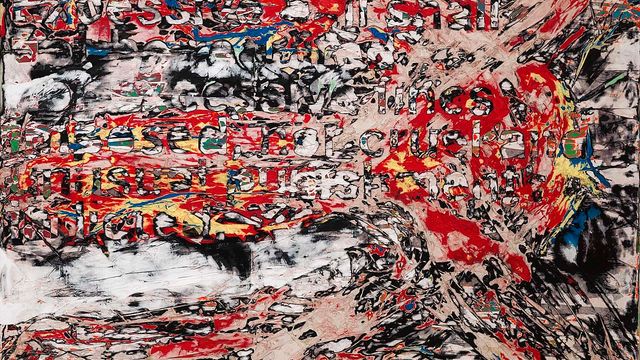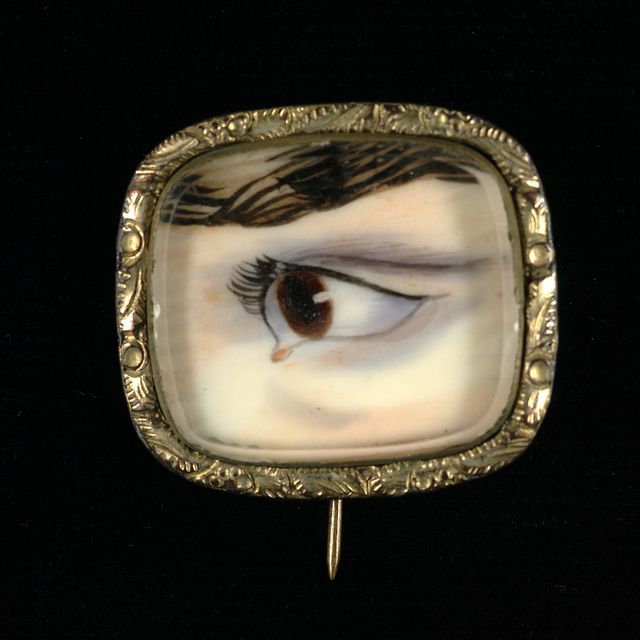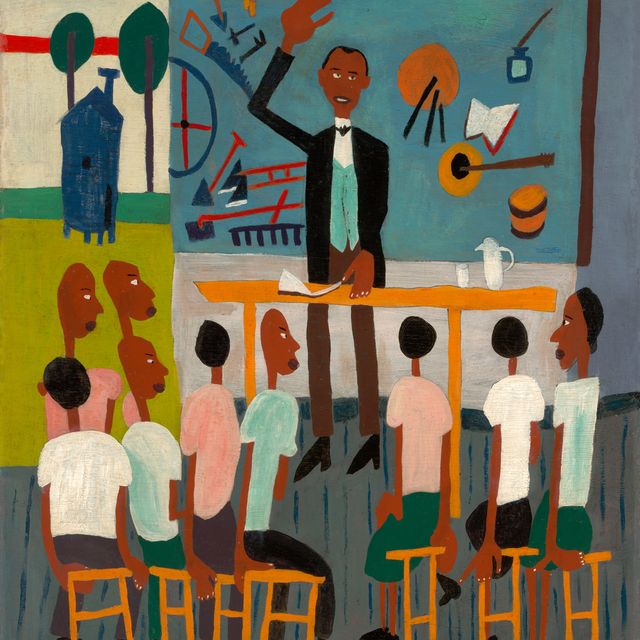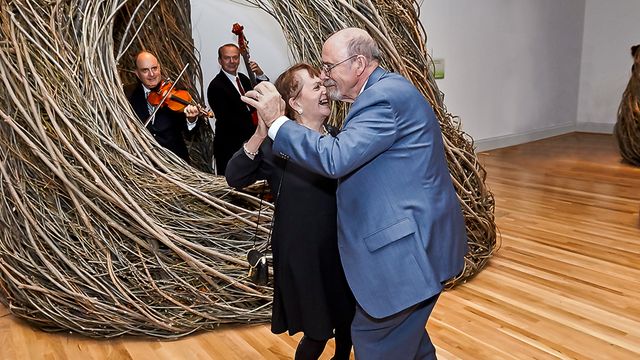Artwork Details
- Title
- Nind Andaki from the Wisconsin Sesquicentennial Portfolio
- Artist
- Date
- 2001
- Location
- Not on view
- Dimensions
- 22 1⁄2 x 30 1⁄8 in. (57.2 x 76.5 cm)
- Copyright
- © 2001, Andrew G. Balkin and Renee E.K. Balkin
- Credit Line
- Gift of Janet Ann Bond Sutter and Thomas Henry Sutter
- Mediums Description
- aquatint, soft-ground, dry-point, hard-ground and lift-ground on paper
- Classifications
- Subjects
- Animal — bird
- Landscape — water
- Animal — wolf
- History — United States — Wisconsin
- Object Number
- 2008.10.1.13
Works by this artist (7 items)
Videos
Tom Uttech's work is inspired by wide expanses of unspoiled wilderness in his native Wisconsin and neighboring Quetico Provincial Park in Ontario, Canada. Uttech's paintings, which take their names from various Ojibwe words and phrases, are fantastic imaginings, often populated with hosts of birds and other animals that traverse the landscape in a flurry of natural diversity.


